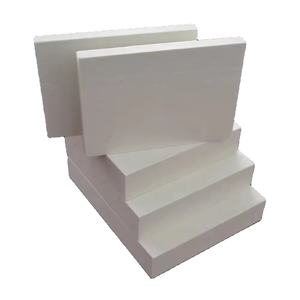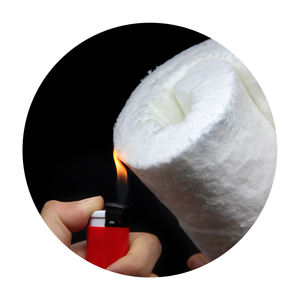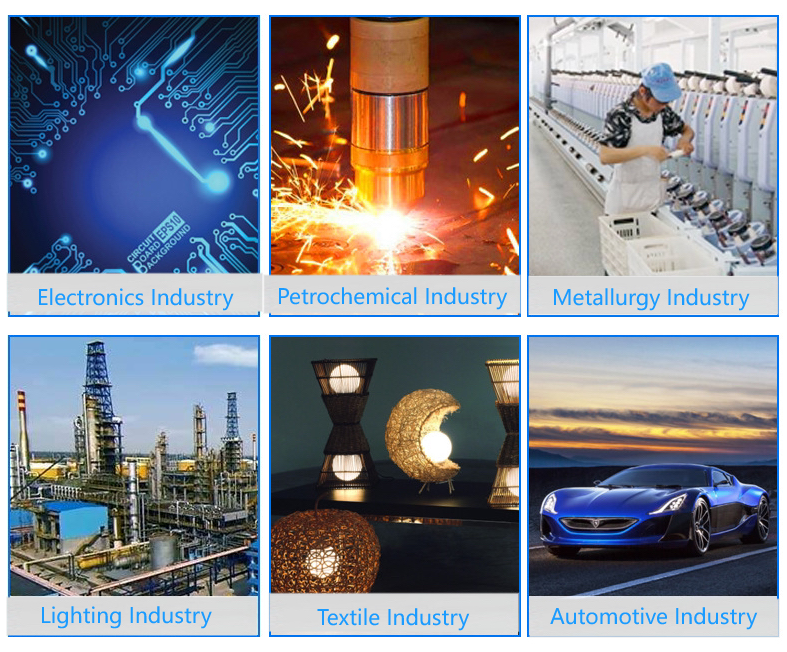Professional industry ceramic supplier, silicon nitride, silicon carbide, aluminum nitride and any other kinds of ceramics.
PRODUCT PARAMETERS
Description
Overview of Ceramic Fiber Modules for Furnaces and Kilns
Ceramic Fiber Modules for Furnaces and Kilns is a lightweight, high-temperature insulation material composed primarily of alumina-silica. It is manufactured through a melting and spinning or blowing process, resulting in a flexible, wool-like textile. This material is engineered to provide exceptional thermal management, conserving energy and protecting equipment in extreme temperature environments across various industries.
Features of Ceramic Fiber Modules for Furnaces and Kilns
-
Excellent Thermal Stability: Withstands continuous operating temperatures up to 1260°C (2300°F) and higher for certain grades, with minimal shrinkage.
-
Low Thermal Conductivity: Provides highly efficient insulation, reducing heat loss and improving energy efficiency.
-
Lightweight & Low Heat Storage: Offers low thermal mass, enabling rapid heat-up and cool-down cycles for improved process control and energy savings.
-
Thermal Shock Resistance: Highly resistant to damage from rapid temperature changes.
-
Excellent Flexibility & Resilience: Can be fabricated into blankets, boards, papers, and textiles to fit complex shapes and applications.
-
Good Chemical Stability: Resists attack from most corrosive agents, except strong alkalis and hydrofluoric acid.
Specification of Ceramic Fiber Modules for Furnaces and Kilns
Ceramic fiber modules supply remarkable insulation for commercial heaters and kilns. They handle extreme temperatures well. This insulation saves significant energy. The components are lightweight too. That minimizes stress and anxiety on furnace structures.
Key specs define their efficiency. Product make-up is essential. Modules are normally alumina-silica based. Greater alumina material indicates better temperature level resistance. Usual qualities manage 1260 ° C, 1400 ° C, or 1600 ° C optimum. Always examine the module’s specific temperature score. Density matters for insulation value. Requirement thickness is frequently 220-240 kg/m ³. Greater thickness provides far better toughness. However it a little lowers insulating power. Reduced density improves insulation. Yet components may be less sturdy.
Component shapes and size are standard. Common dimensions are 300x300mm or 300x600mm. Thickness differs. Furnace design dictates the required density. Components are normally 25mm or 50mm thick. Installation is straightforward. Components have a folded up fiber surface area. A steel support is embedded during manufacturing. Workers install them rapidly. They press the components somewhat. They push the anchor right into the furnace steel shell. This produces a limited, seamless lining. Modules resist thermal shock exceptionally well. They handle fast heating and cooling down cycles. That reduces downtime. Components are additionally chemically steady. They resist most heating system atmospheres. They don’t deteriorate quickly. Their reduced heat storage indicates heaters warm up faster. This boosts productivity. Upkeep is simpler. Harmed modules can be replaced individually.
Applications of Ceramic Fiber Modules for Furnaces and Kilns
Ceramic fiber modules use sensible services for furnace and kiln insulation. These modules are made from spun ceramic fibers compressed into certain shapes. They are made for high-temperature atmospheres. Heating systems and kilns face extreme warm daily. Excellent insulation is important for their operation. Ceramic fiber components stand out right here. They catch warm effectively inside the heater chamber. This keeps the warm where it belongs. Much less heat escapes right into the surrounding location. This straight conserves power. Lower energy usage suggests reduced operating expense. Conserving money is necessary for any kind of organization.
Installing these components is uncomplicated. They are lightweight contrasted to standard brick cellular linings. Workers can handle them quickly. The components mesh like puzzle items. This develops a seamless insulation layer. Setup time is much shorter. Downtime for heater relining is reduced. This gets tools back online much faster. Manufacturing timetables advantage.
Ceramic fiber components hold up against very heats. They stand up to thermal shock well. Quick home heating and cooling down cycles occur typically in heating systems. Brick linings can fracture under this anxiety. Ceramic fiber modules take care of these modifications much better. They remain undamaged longer. This leads to less constant maintenance. Furnace linings last much longer. Replacement prices decrease.
These components operate in lots of heating system types. Steel warmth treatment heating systems utilize them. Aluminum melting heating systems use them. Ceramic kilns use them. Chemical processing heaters utilize them. Their versatility is a major benefit. They provide regular thermal performance. Refine temperature levels stay stable. This enhances product top quality. Regular warmth is essential for good outcomes.
Company Profile
Tanki New Materials Co.Ltd. focus on the research and development, production and sales of ceramic products, serving the electronics, ceramics, chemical and other industries. Since its establishment in 2015, the company has been committed to providing customers with the best products and services, and has become a leader in the industry through continuous technological innovation and strict quality management.
Our products includes but not limited to Aerogel, Aluminum Nitride, Aluminum Oxide, Boron Carbide, Boron Nitride, Ceramic Crucible, Ceramic Fiber, Quartz Product, Refractory Material, Silicon Carbide, Silicon Nitride, ect. please feel free to contact us.
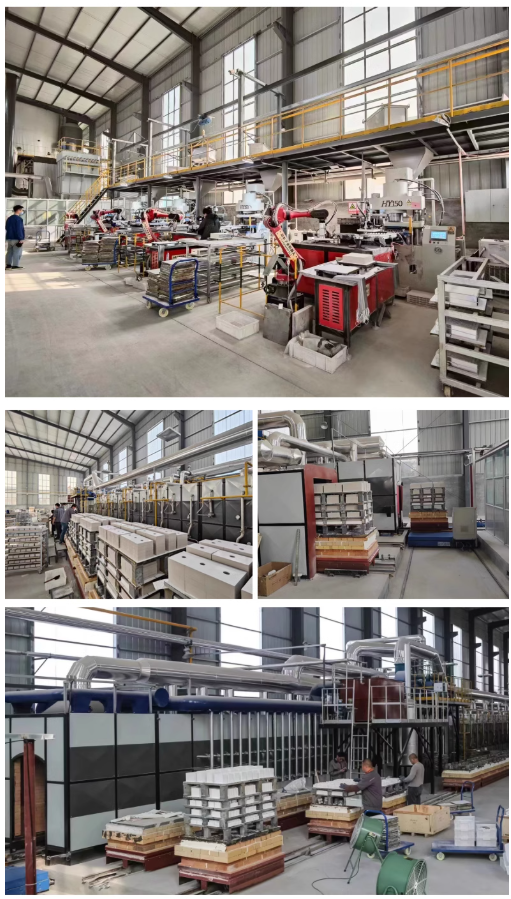
Payment Methods
T/T, Western Union, Paypal, Credit Card etc.
Shipment Methods
By air, by sea, by express, as customers request.
5 FAQs of Ceramic Fiber Modules for Furnaces and Kilns
What are ceramic fiber modules?
Ceramic fiber modules are pre-assembled blocks of insulation. Installers fit them tightly onto furnace walls and roofs. They create a seamless, heat-resistant lining. This lining keeps heat inside the furnace or kiln. Modules are made from spun ceramic fibers. The fibers are compressed into specific shapes. Modules install much faster than loose fiber or bricks.
How hot can ceramic fiber modules get?
Ceramic fiber modules handle very high heat. Standard modules work well up to 2300°F (1260°C). Higher-grade modules resist temperatures near 2600°F (1425°C). Always check the module’s specific temperature rating. Exceeding this rating damages the insulation. The modules lose strength. They might slump or fail prematurely.
How long do ceramic fiber modules last?
Module lifespan depends heavily on operating conditions. Normal use gives many years of service. Constant high temperatures shorten life. Thermal cycling (heating/cooling) stresses the fibers. Physical damage from impacts reduces longevity. Proper installation and avoiding over-temperature are key. Regular furnace maintenance helps modules last longer.
Can damaged modules be fixed?
Yes, fixing damaged modules is straightforward. Technicians remove the damaged module. They install a new one in the same spot. This repair is fast. It avoids shutting down the entire furnace for long periods. The surrounding modules stay intact. Spot repairs save time and money.
Do modules save energy?
Ceramic fiber modules are excellent insulators. They significantly reduce heat loss through furnace walls. Less heat escapes. Furnaces need less fuel to maintain temperature. This cuts energy costs. Better insulation means lower operating bills. It also improves worker safety near the furnace exterior.
REQUEST A QUOTE
RELATED PRODUCTS
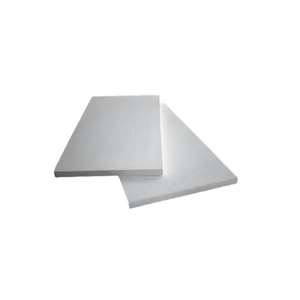
Large inventory of factory-made ceramic fiber fabrics for insulating glass fiber coatings.
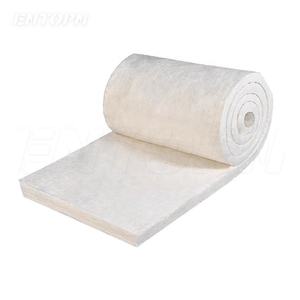
Factory direct s of high-quality fireproof and heat-insulating ceramic fiber blanket, pizza oven insulation
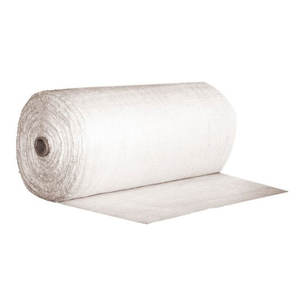
XTM-1 high-purity ceramic fiber wool for industrial fiber applications, including industrial-grade ceramic fiber modules.
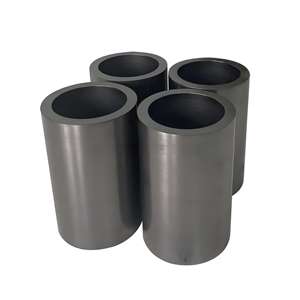
High-temperature 1260 fire-resistant fiber ceramic board.
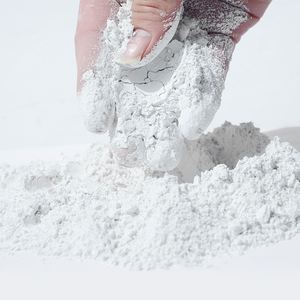
Hot-ing, specially designed, unique, and widely used furnace-heated ceramic fiber cloth.
